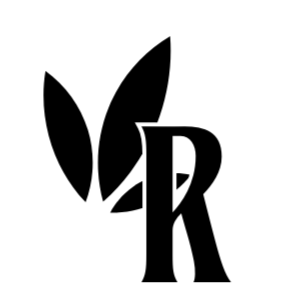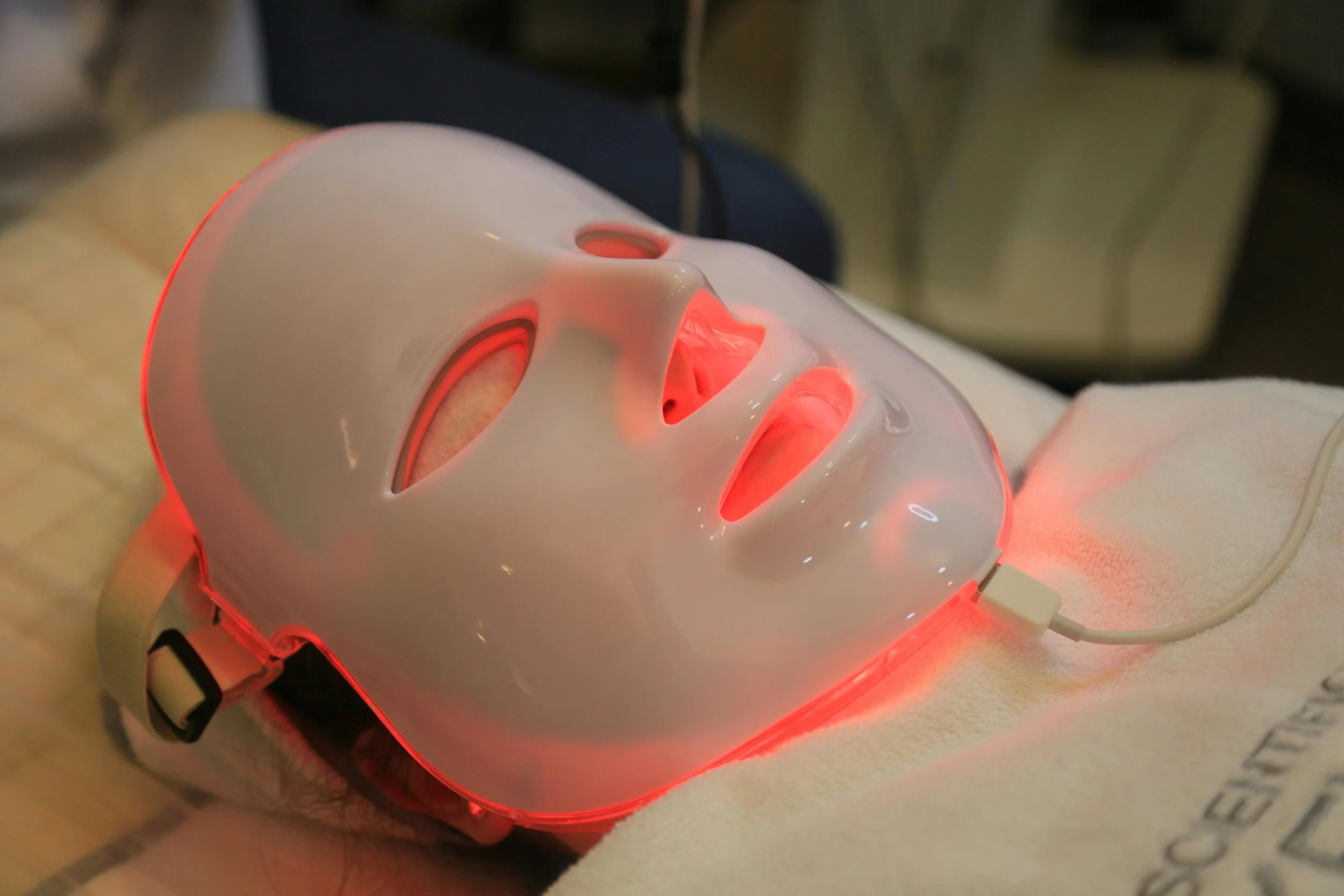Red Light Therapy: Benefits, Uses, and How It Works
Red light therapy has rapidly gained recognition as a non-invasive, drug-free treatment for a wide range of health concerns, from skin rejuvenation to muscle recovery. Backed by increasing scientific research, red light therapy is now used by dermatologists, physical therapists, and even at-home wellness seekers.
This guide explores what red light therapy is, how it works, its key benefits, and how you can incorporate it safely into your wellness routine.
What is Red Light Therapy?
Red light therapy (RLT), also known as low-level laser therapy (LLLT) or photobiomodulation, is a treatment that uses specific wavelengths of red and near-infrared light to stimulate cellular activity in the body. It is non-invasive, painless, and free of UV rays, making it safe for skin and underlying tissues.
The light penetrates the skin and is absorbed by mitochondria—the energy-producing structures within cells—boosting energy (ATP) production and enhancing natural healing processes.
How Does Red Light Therapy Work?
When red or near-infrared light is absorbed by the body, it triggers a series of biological processes. The primary mechanism involves the stimulation of mitochondria, which increases the production of adenosine triphosphate (ATP), the cellular "fuel" required for repair and regeneration.
Cellular Benefits of Red Light Exposure:
Increased collagen production: Improves skin elasticity and reduces wrinkles.
Reduced inflammation: Supports faster recovery from injury and chronic pain.
Enhanced circulation: Promotes better oxygen and nutrient delivery.
Accelerated tissue repair: Useful for wounds, scars, and damaged skin.
These responses make red light therapy beneficial across cosmetic, medical, and therapeutic applications.
Key Benefits of Red Light Therapy
The wide-ranging effects of red light therapy are being embraced in skincare clinics, athletic recovery programs, and even mental health therapies. Let’s explore the top benefits.
1. Skin Health and Anti-Aging
Red light therapy is highly valued in dermatology for its skin-enhancing properties. By stimulating collagen and elastin, RLT can:
Minimize fine lines and wrinkles
Improve skin tone and texture
Reduce acne and inflammation
Speed up wound healing
Fade scars and stretch marks
Many users report visible skin improvements within a few weeks of consistent use.
2. Pain Relief and Inflammation Reduction
One of the most researched benefits of red light therapy is its analgesic (pain-relieving) and anti-inflammatory effects. It is especially effective for:
Joint pain (including arthritis)
Back pain and muscle soreness
Tendonitis
Neuropathy
Athletes and people with chronic pain conditions often incorporate RLT to manage discomfort and speed recovery.
3. Muscle Recovery and Performance
In sports and fitness, red light therapy is used to reduce muscle fatigue, increase endurance, and accelerate recovery post-workout. It enhances mitochondrial function and reduces oxidative stress in muscle tissues.
This makes it a favorite among professional athletes and personal trainers aiming to maximize performance.
4. Hair Growth Support
Studies have shown that red light therapy can help stimulate hair follicles, increasing blood flow and promoting the growth of thicker, healthier hair. It’s being used as a non-surgical option for those experiencing thinning or early-stage hair loss.
5. Mood and Sleep Improvement
Red and near-infrared light exposure has been linked to improvements in:
Circadian rhythm regulation
Melatonin production
Symptoms of depression and anxiety
Unlike blue light from screens, which disrupts sleep, red light therapy has calming effects that support deeper, more restorative rest.
Common Uses of Red Light Therapy
Red light therapy is versatile and can be applied in various settings—clinical or at-home—for different goals.
Aesthetic and Cosmetic Use
Skincare clinics often use RLT for facials and anti-aging treatments. Devices like masks or panels are used to target skin concerns safely and effectively.
Physical Therapy and Sports Medicine
Physical therapists use red light therapy to help patients with injuries, arthritis, or post-surgical recovery. Many sports teams also use red lights to prevent injuries and boost recovery.
At-Home Devices
With the rise of wellness tech, high-quality at-home red light therapy devices are available for personal use. These include LED masks, handheld wands, and full-body panels.
Always follow the manufacturer’s instructions and consult a healthcare provider when starting a new therapy.
Safety and Side Effects
Red light therapy is generally considered very safe when used appropriately. Unlike UV light, red light does not damage the skin or cause burns when used correctly.
Possible Side Effects:
Mild eye strain if proper eye protection isn’t used
Temporary redness or tightness in the skin
Discomfort with overuse or incorrect device settings
To avoid side effects, start with shorter sessions (5–10 minutes) and gradually increase exposure. Always wear eye protection if the light is intense or near the face.
How Often Should You Use Red Light Therapy?
Usage frequency depends on the condition being treated and the intensity of the light.
For skin care: 3–5 times per week for 10–20 minutes
For pain or injury: Daily or every other day until symptoms improve
For wellness/maintenance: 2–3 times per week is often sufficient
Consistency is key to seeing results. Most users notice improvements within 4–6 weeks.
Choosing the Right Red Light Therapy Device
When selecting a red light therapy device, consider:
Wavelengths: Look for 630–660 nm (red) and 810–850 nm (near-infrared)
Power output: Measured in mW/cm², higher power allows deeper penetration
Treatment area: Choose based on whether you're targeting the face, joints, or full body
Certifications: Ensure the device is FDA-cleared or has quality safety standards
Reading reviews and consulting experts can help ensure you get an effective, reliable product.
Conclusion
Red light therapy is an innovative, science-backed wellness tool that offers real benefits for skin, pain relief, muscle recovery, hair growth, and mood support. Whether you're an athlete, someone managing chronic pain, or simply seeking healthier skin, RLT offers a safe, non-invasive way to enhance your quality of life.
As with any treatment, results depend on consistency and proper use. With the right approach and a quality device, red light therapy can be a valuable addition to your daily wellness routine.
Contact us today to learn how red light therapy can be tailored to your specific wellness goals.
Frequently Asked Questions (FAQs)
1. Is red light therapy safe for everyone?
Red light therapy is safe for most people when used correctly. However, those with light sensitivity, epilepsy, or who are pregnant should consult a healthcare provider before starting treatment.
2. How long does it take to see results from red light therapy?
Results vary depending on the condition treated and consistency of use. Some people notice skin improvements or pain relief within 2–4 weeks, while others may take longer.
3. Can I use red light therapy every day?
Yes, daily use is generally safe for short durations (10–20 minutes). For chronic issues, frequent sessions may be more effective. Avoid overexposure to prevent minor skin irritation.
4. What’s the difference between red light and infrared light?
Red light (630–660 nm) targets the surface layers of the skin, while near-infrared light (810–850 nm) penetrates deeper tissues like muscles and joints. Many devices combine both for broader benefits.
5. Can red light therapy replace other treatments?
Red light therapy is a complementary treatment and should not replace prescribed medications or therapies unless advised by a medical professional. It works best as part of a holistic wellness plan.

